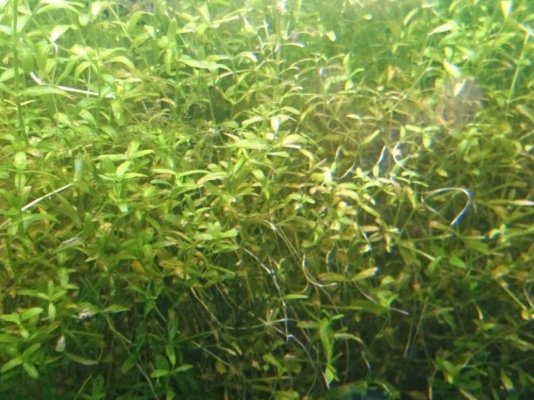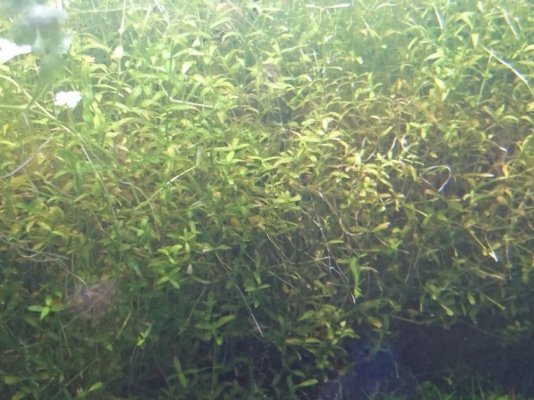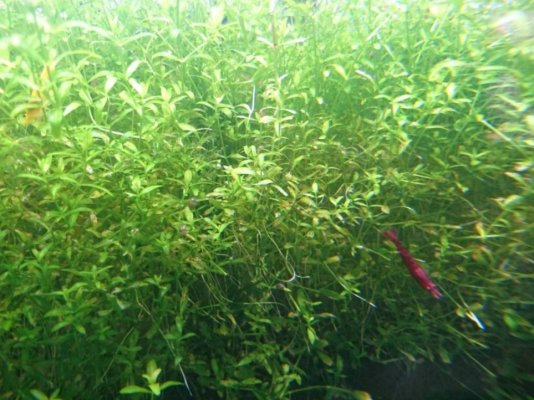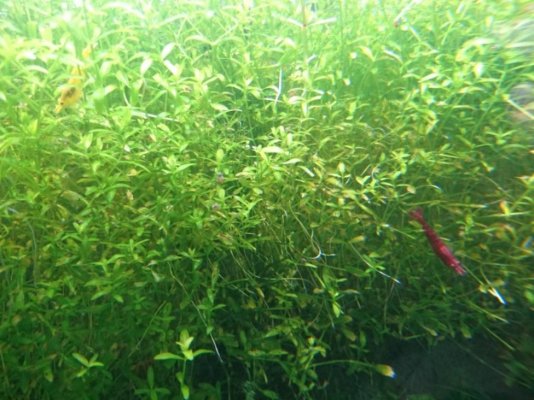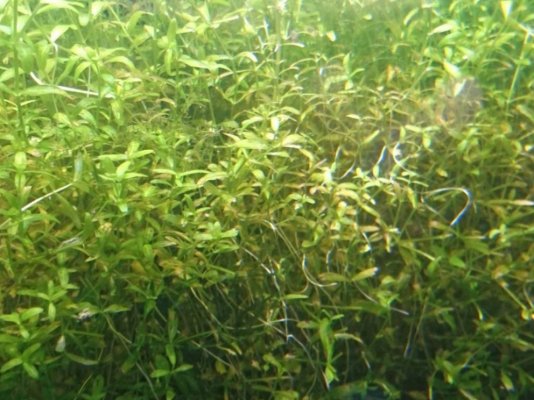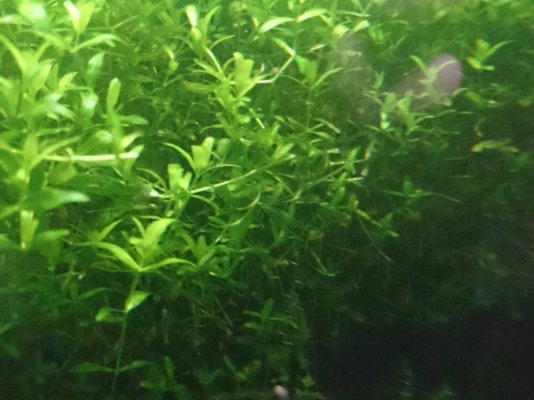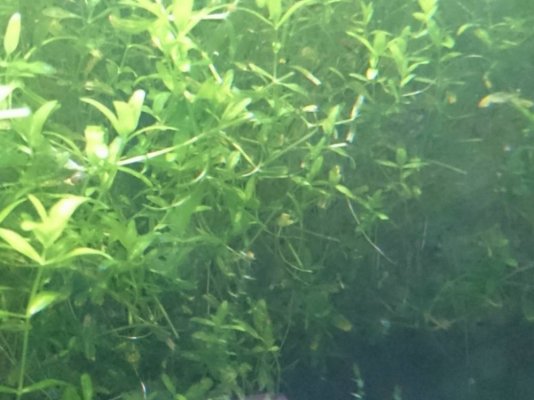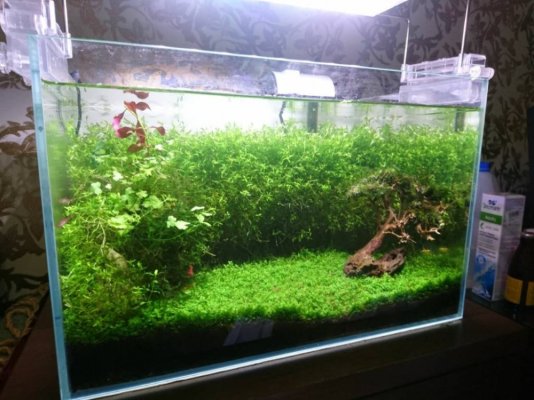kashif314
Aquarium Advice Addict
- Joined
- Jan 9, 2017
- Messages
- 1,377
Yesterday trimmed my plants and all plants are fine except the very dense hemianthus micranthemoides (Pearl Grass) wall I have on back. Leaves look dead from bottom but from top they are fine and growing so rapidly that its like they will touch my room ceiling. I need to trim them very quickly.
What could be the reason for them turning yellow and specially from bottom but top parts are fine and healthy and as I mentioned growing very good.
Is it like some iron or potassium deficiency? What can I do make them greener again?
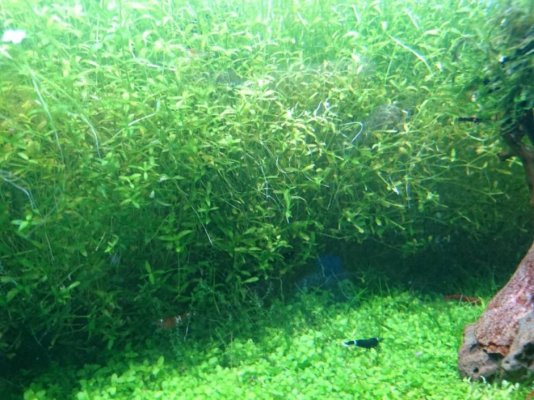
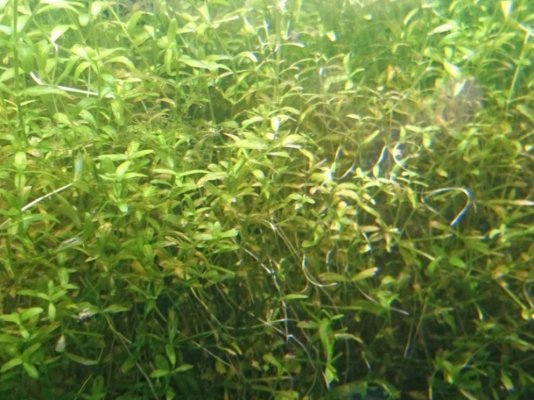
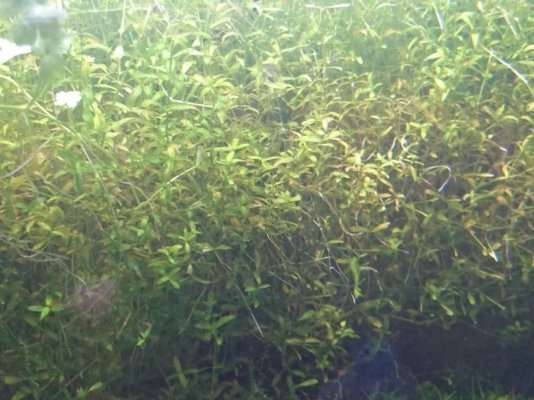
This big patch looks very yellow and dead but in pictures don't look very yellow but in reality more yellow looking. Please help.
Thanks
What could be the reason for them turning yellow and specially from bottom but top parts are fine and healthy and as I mentioned growing very good.
Is it like some iron or potassium deficiency? What can I do make them greener again?



This big patch looks very yellow and dead but in pictures don't look very yellow but in reality more yellow looking. Please help.
Thanks

